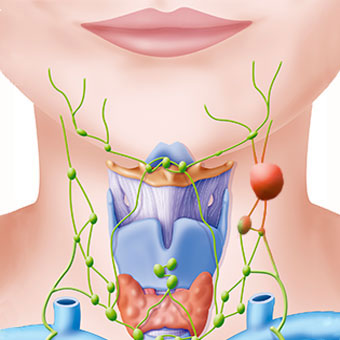

#Shotty anterior cervical lymphadenopathy skin#
In addition to the distribution and pattern, the local organization of the lesions and their depth are important for diagnosis.Ī differential diagnosis of some common skin rashes by distribution and pattern is presented below: For example, the distribution may include the trunk, face, and upper arms, while the pattern could be sun-exposed, or flexural. The distribution refers to the location of the skin findings, while the patterns refers to the specific anatomic or physiologic arrangements. The distribution and pattern of skin rashes is especially important in identifying the etiology. Skin rashes are a common presenting problem for the clinician. It is a self-limited disease with resultant acquired immunity. Hand-Foot-Mouth disease is usually caused by Coxsackie A16 but also other Coxsackie viruses and Enterovirus 71. Treatment is supportive but some anti-viral drugs are being developed. The viruses are best isolated from the throat, stool and rectal swab specimens but other infectious sites can also be used for viral isolation. The incubation period is usually 3-6 days.


Hand hygiene is especially important to prevent infection. They commonly occur in summer and fall in temperate climates but are less seasonally seen in the tropics. They are common and spread by respiratory secretions, fecal-oral contamination and fomites. She was instructed to watch for signs of dehydration and to call if she has any concerns.Įnteroviral infections are RNA viruses including Coxsackieviruses A and B, Echoviruses and Enteroviruses. She is also to push fluids, especially cold fluids as these may feel better with the painful ulcers. Her mother was instructed to give her acetaminophen or ibuprofen for pain and fever control. The diagnosis of Hand-Foot-Mouth disease (most likely a Coxsackievirus) was made clinically. She has no other skin findings and the rest of her examination is normal. On the palms and soles she has 2-4 mm dark pink macules that blanch. She has shoddy anterior cervical adenopathy. She has white/gray ulcers on her soft palate that appear punched-out and have a red halo around them. She appears tired and drooling slightly, but appears well hydrated. The pertinent physical exam shows her to have a fever of 100.5 degrees F. The review of systems shows her to be drinking less, not eating solid foods and she has no other rashes. This morning her mother noticed a rash on her hands and feet. The child appeared to feel better after some acetaminophen and was okay over the night. Late last night she kept saying ‘owie’ but her mother didn’t know what was the problem. A 19 month-old female comes to clinic with a 24 hour history of mild runny nose, fever to 101 degrees F and general tiredness.


 0 kommentar(er)
0 kommentar(er)
